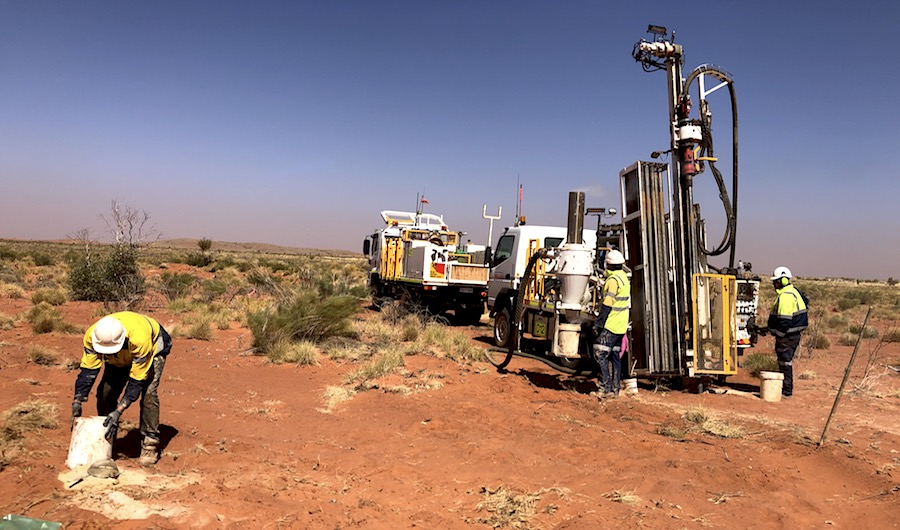
Rio Tinto (ASX, NYSE, LON: RIO) has more than doubled the inferred mineral resource of the Calibre gold deposit at its Citadel copper-gold project, a joint venture with junior Antipa Minerals (ASX: AZY), in Western Australia’s Paterson Province.
Following drilling completed in 2020, the resource has been increased by 62% to 2.1 million ounces of gold (previously 1.3 million ounces) from 92 million tonnes of ore.
Antipa, which is also carrying out exploration activities on the North Telfer project, located 40 km north of Newcrest’s Telfer copper-gold-silver mine, said the resource update was extremely significant for the company.
“This outstanding result confirms that Calibre, which was discovered by Antipa, is a very large-scale gold-copper-silver mineral system with significant growth potential located in the rapidly advancing Tier 1 Paterson Province,” managing director Roger Mason said in a media statement.
The project is 45 km (28 miles) east of Rio’s Winu discovery, which has a resource of 503 million tonnes at 0.45% copper, 0.27gpt gold and 2.15gpt silver for 1.8 million tonnes of copper, 4.4 million ounces of gold and 35 million ounces of silver.
Rio Tinto has delayed first production from Winu by a year to 2024, but is still likely to ramp up drilling and early development work this year as the world’s second-largest miner tries to secure future copper production.
Rio is among a group of companies and experts who believe the market will soon go into deficit due to increased demand from the electric vehicles sector and green energy developments, such as solar panels.
Their outlook didn’t include recent developments in two of the world’s top copper producers, Chile and Peru. In Chile, the no. 1 producing nation, miners are facing its biggest regulatory threat since the industry took off more than three decades ago.
Triggered by relentless protests against social inequality, Chile just elected an assembly that places the writing of a new constitution largely in the hands of the left wing, with the ruling coalition falling well short of the numbers needed to exercise veto powers.
It means the pillars of the current model, based around indigenous lands, environmental protection and water extraction, will be challenged by the new fragmented assembly. Analysts expect companies to be extremely cautious about approving new mining projects given uncertainty over future regulations and royalties.
In South America’s copper-rich Andes, political risk is rising with potential sharp policy shifts that threaten global supplies of the metal
There is currently about 1Mtpa of Chilean copper projects not being developed in the probable/possible supply list, according to BMO Metals’ estimations.
In Peru, presidential front-runner Pedro Castillo has pledged to keep 70% of mining profits in the country and stop foreign firms’ “plundering.”
In the past, analysts have questioned Rio’s ability to scale up its copper business quickly without making an expensive acquisition, especially after facing challenges at key assets.
The mining giant delayed first production from the $6.75 billion underground expansion of its Oyu Tolgoi copper-gold-silver mine in Mongolia. Originally scheduled for early 2020, it is now expected to churn out its first ore between May 2022 and June 2023.
The new deadline considers latest setbacks including covid-19 restrictions as well as a now solved spat between the miner and its majority-owned Turquoise Hill Resources (TSX, NYSE: TRQ) over funding for the expansion of Oyu Tolgoi.